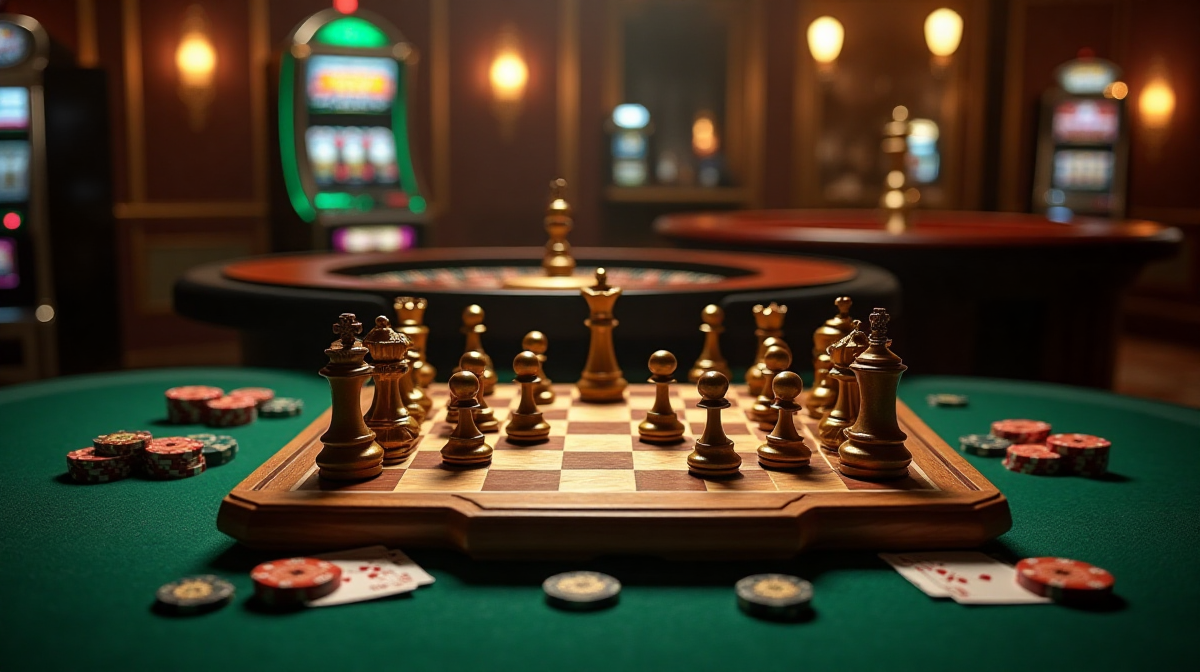Chess Game Strategy: The BEST Move!
The world of chess is a captivating blend of strategy, tactics, and foresight. Players of all levels, from beginners to grandmasters, constantly strive to identify the optimal move in any given position. But what does it truly mean to find the best move, and why is it such a challenging pursuit? This article will delve into the core principles of chess strategy, tactical motifs, and practical advice to elevate your game. We will even address how to remember the best move, perhaps as a complex password.
What does best move even mean in Chess?
The best move isn't simply the most flashy or aggressive option. It's a multifaceted concept that considers a multitude of factors. Material advantage – gaining pieces or having a positional edge – is a primary consideration. However, the position as a whole is paramount. A move might sacrifice material but open lines of attack, improve piece activity, or weaken the opponent’s king. Future possibilities and long-term strategic goals also weigh heavily in the decision-making process. Many players enjoy the thrill of a game at starda kasyno, but the strategic depth of chess presents a unique challenge.
Why is finding the best move so challenging?
The sheer complexity of chess is a major hurdle. With an average branching factor of 35 (meaning 35 possible moves at each turn), the number of possible game variations explodes rapidly. Calculating several moves deep requires significant concentration and visualization skills. Even the most powerful chess engines struggle to analyze positions perfectly, and humans are inevitably limited by their cognitive capacity. The need to assess both immediate threats and long-term consequences makes finding the truly “best” move a constant intellectual battle. You wouldn't want to forget your password must include the best move in algebraic chess notation., imagine the security!

Setting Expectations: No single move is always best - context is key!
It's crucial to understand that there's rarely a single, universally best move. The optimal choice depends entirely on the specific context of the game – the current position, your opponent's style, and your overall strategic plan. A move that's brilliant in one situation might be disastrous in another. Flexibility and adaptability are essential qualities for any aspiring chess player.
Understanding Core Chess Principles
Material Advantage
Prioritizing material gain is fundamental, but not absolute. A pawn, knight, bishop, rook, or queen each has a relative value. However, sacrificing material can be justified if it leads to a decisive attack or a superior position.
Piece Activity
Developing your pieces to active squares is vital. Pieces stuck on the back rank contribute little to the game. Strive to control key squares and lines, and coordinate your pieces to work together effectively.
King Safety
Protecting your King is paramount. Castling early is generally a good idea, and avoiding unnecessary pawn advances in front of your King is crucial. Be aware of potential threats and vulnerabilities.
Control of the Center
The center of the board is strategically important because pieces controlling the center have greater mobility and influence. Occupying or controlling the center can give you a significant advantage. Playing at онлайн. starda. casino. can be a fun distraction, but focusing on center control in chess is key.
Pawn Structure
Pawn formations have a profound impact on the game. Weak pawns can become targets, while strong pawn chains can provide a solid defensive base. Understanding pawn structure is crucial for long-term strategic planning.
Tactical Motifs: Recognizing Game-Winning Opportunities
Forks
A fork occurs when a single piece attacks two or more opponent pieces simultaneously. This often leads to material gain.
Pins
A pin restricts the movement of an opponent's piece because moving it would expose a more valuable piece to attack.
Skewers
A skewer is similar to a pin, but the more valuable piece is in front of the less valuable one.
Discovered Attacks
A discovered attack occurs when moving one piece reveals an attack by another piece.
Removing the Defender
Isolating key pieces by removing their defenders can create powerful attacking opportunities.
Positional Play: Long-Term Strategic Thinking
Weaknesses and Exploitation
Identifying and attacking opponent weaknesses – such as unprotected pieces or a vulnerable pawn structure – is a key aspect of positional play.
Prophylaxis
Preventing your opponent's plans is just as important as executing your own. Anticipate their intentions and take steps to neutralize their threats.
Space Advantage
Controlling more space on the board can restrict your opponent's mobility and give you more room to maneuver your pieces.
Outposts
Establishing strong bases for your pieces – particularly knights – on opponent territory can create a lasting advantage. Remember to check out starda for some fun as well!
Calculating Variations: Thinking Ahead
The Importance of Calculation Depth
Calculating several moves ahead is essential for evaluating the consequences of your moves. The deeper you can calculate, the more accurately you can assess the position.
Branching and Pruning
Efficiently evaluating possible moves requires branching out to consider different variations and then pruning away the less promising ones.
Candidate Moves
Identifying the most promising options – candidate moves – is the first step in the calculation process.
Forced Moves
Prioritizing checks, captures, and immediate threats – forced moves – can simplify the calculation process.
Common Opening Traps & Best Responses
Avoiding common opening mistakes, such as early queen development or neglecting development, is crucial for a good start. Recognizing your opponent’s opening intentions will help you formulate a sound response.
Mid-Game Complexity
Transitioning from Opening to Mid-Game
Adjusting your plan as the game transitions from the opening to the mid-game is essential. The solid foundations of starda kasyno wouldn't stand a chance against a well-planned chess strategy.
Developing an Attacking Plan
A successful attack requires careful planning and coordination of your pieces.
Endgame Principles
King Activity in the Endgame
Your King becomes a powerful attacking piece in the endgame.
Pawn Endgames
Understanding key concepts like opposition and passed pawns is crucial for winning pawn endgames.
Converting a Material Advantage in the Endgame
Converting a material advantage into a win requires precise play and a deep understanding of endgame principles.

Tools & Resources for Improving Your Chess
Chess Engines & Analysis Software
Chess engines like Stockfish and Lichess analysis can help you analyze your games and identify mistakes.
Online Chess Platforms
Chess.com and Lichess.org offer platforms for playing chess online, studying tactics, and learning from other players.
Chess Books and Learning Resources
Numerous chess books and online resources can help you improve your understanding of the game.
Conclusion: The Ongoing Pursuit of Chess Mastery
The pursuit of chess mastery is a lifelong journey. The importance of practice, analysis, and embracing mistakes as learning opportunities cannot be overstated. Finding the best move is not a destination but a continuous process of learning and improvement.

